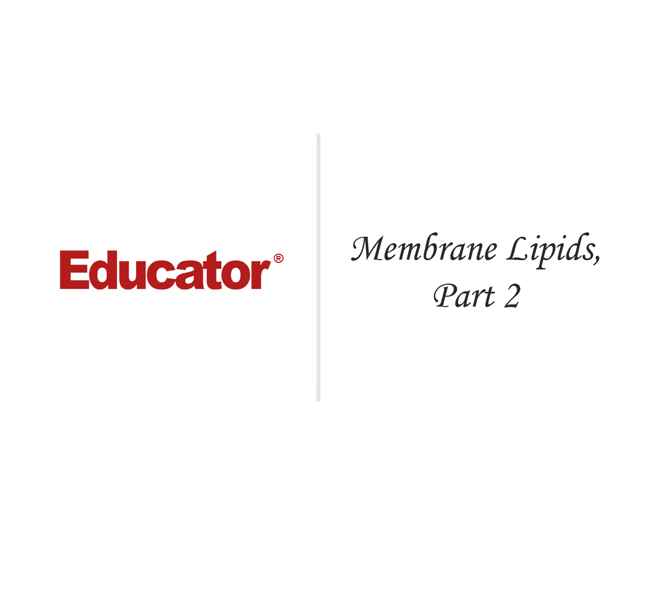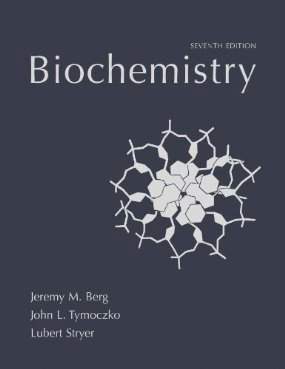Connecting...

This is a quick preview of the lesson. For full access, please Log In or Sign up.
For more information, please see full course syllabus of Biochemistry
For more information, please see full course syllabus of Biochemistry
Biochemistry Membrane Lipids, Part 2
Lecture Description
The final three classes of membrane lipids are the tetraethers, sphingolipids, and sterols. The sphingolipids have a sphingosine backbone instead of a glycerol backbone and can have several different groups attached. Subclasses are derived from the ceramides, which have an amide linkage to an amine group and include the sphingomyelins, neutral glycosphingolipids (cerebrosides & globosides), and gangliosides (these can accumulate in the brain and spleen and cause Tay-Sachs disease). Sterols have a ring system where four rings (three six-member rings and one five-member ring) are fused together, as in cholesterol. Stereochemistry is important in these molecules. The lecture concludes with a review of structures.
Bookmark & Share
Embed
Share this knowledge with your friends!
Copy & Paste this embed code into your website’s HTML
Please ensure that your website editor is in text mode when you paste the code.(In Wordpress, the mode button is on the top right corner.)
×
Since this lesson is not free, only the preview will appear on your website.
- - Allow users to view the embedded video in full-size.
Next Lecture
Previous Lecture










































 Answer Engine
Answer Engine




Start Learning Now
Our free lessons will get you started (Adobe Flash® required).
Sign up for Educator.comGet immediate access to our entire library.
Membership Overview